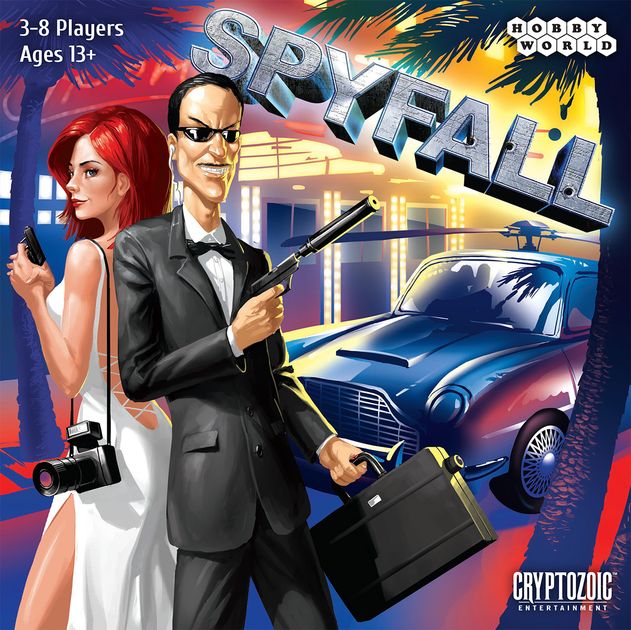As a child, I would spend hours playing online escape rooms. Of course, 2010 was not a prime time for video game graphics in my opinion. That’s why I was absolutely excited to play “The Room”, which uses life-like imagery in order to transport players into a world of mystery. The Room is a puzzle game developed by Fireproof studios. I played the game on iOS. Its target audience is generally broad, but I believe that the puzzles warrant a hint of maturity, making it ideal for teenagers and adults.
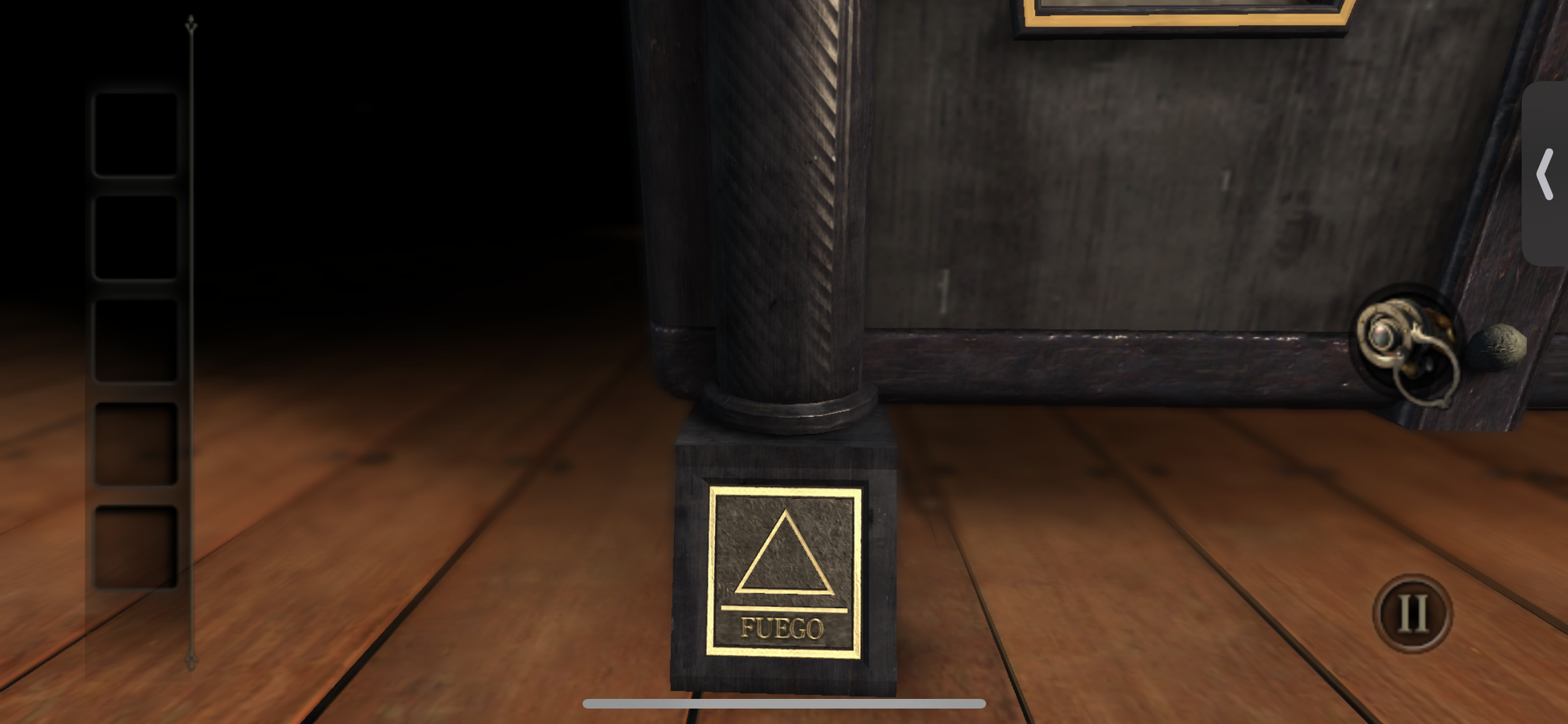
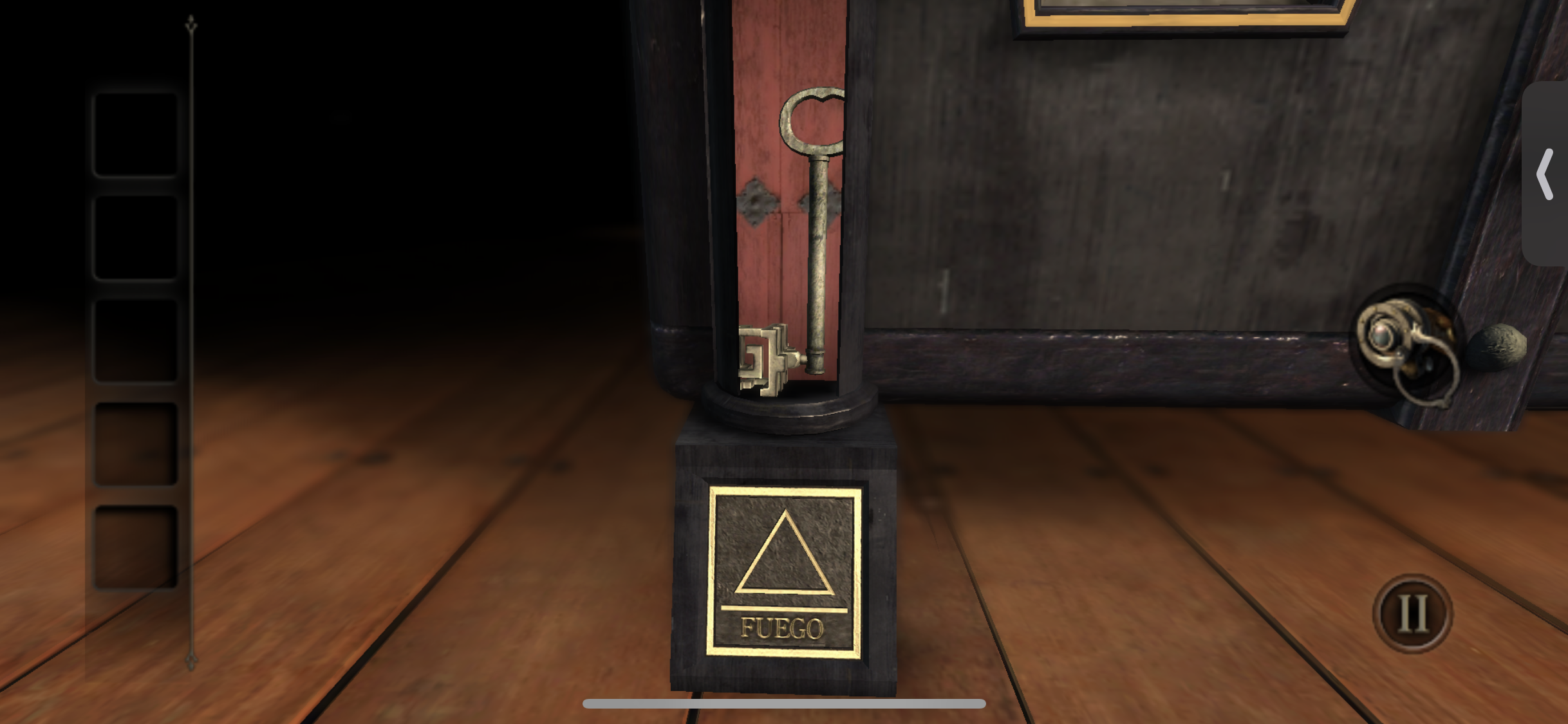
The details of this game are absolutely stunning and evoke feelings of eerieness and a bit of danger. The dark aesthetic with complements of red creates a tone where there are skeletons hiding in the closet. This sharply contrasts the perspective that is provided when wearing the monocle. The bright blue makes it feel as if paranormal activity has occurred and the hieroglyphic-like designs indicate that the mystery is far older than we think. I really appreciate how the game designers utilize a newer-looking setting with the age of hieroglyphics to show the longevity of puzzles and how the past is not fully discovered.
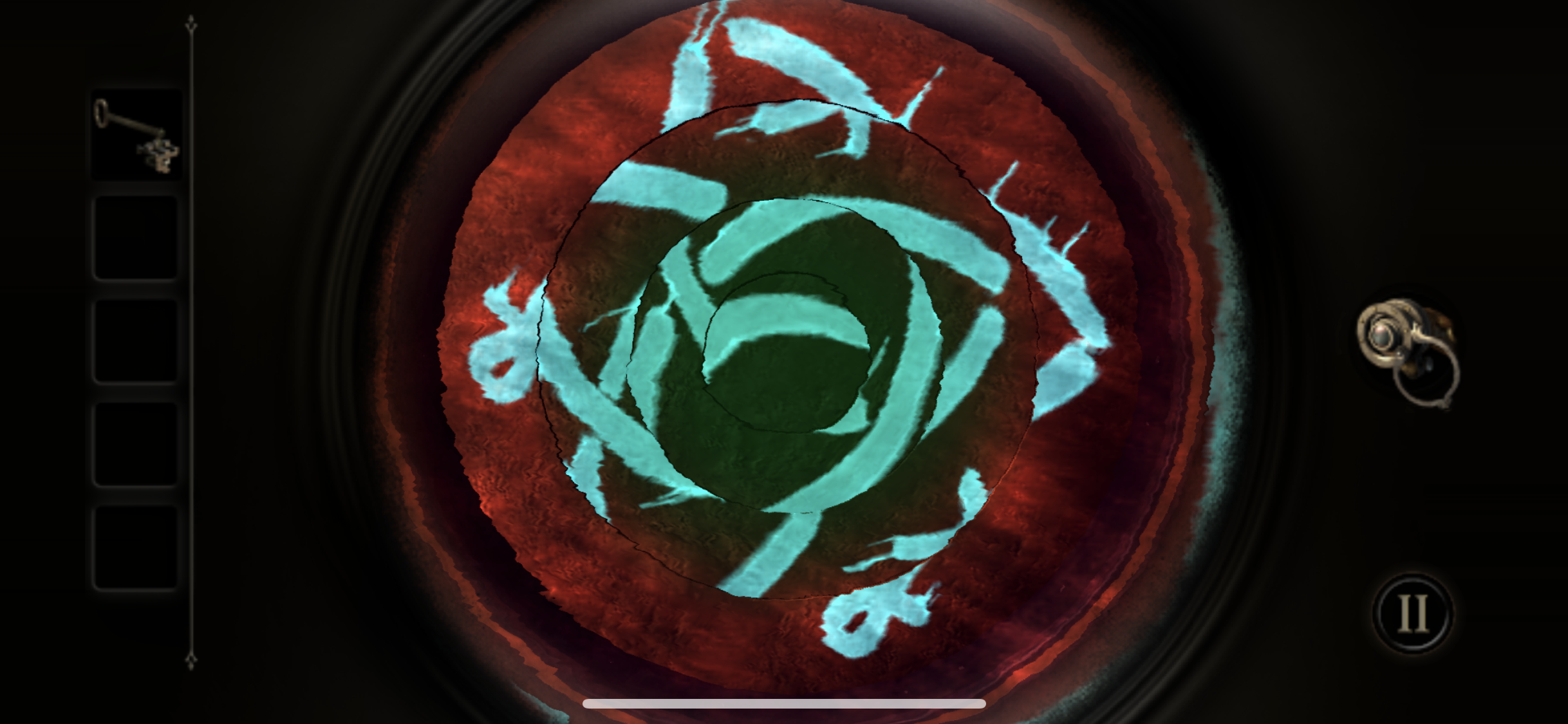
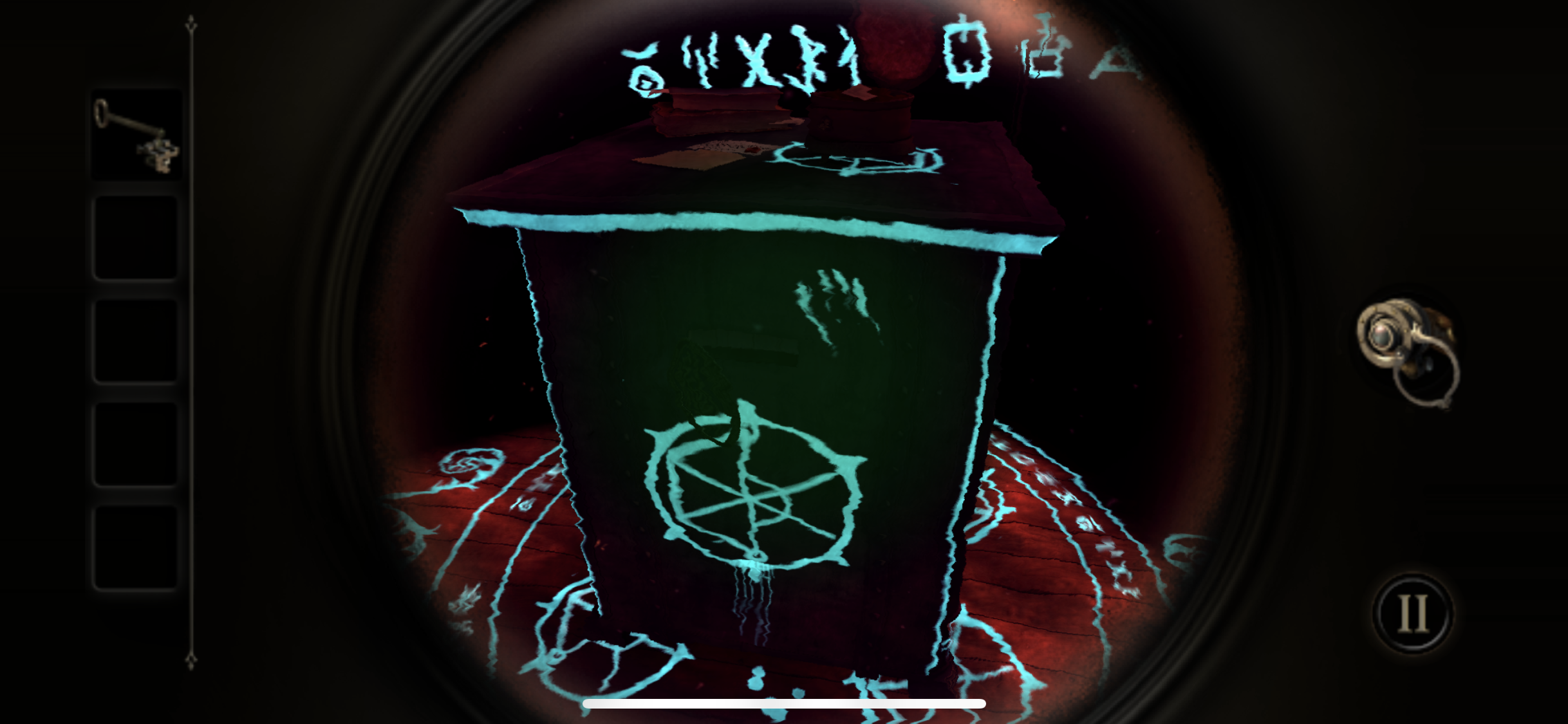
In terms of specific mechanics, I wanted to note how this game truly makes it feel like you are solving the puzzle yourself. In many online escape room games that I have played, interactions are typically set up as animated cut scenes that do not involve the player beyond dragging items to a certain location. However, this game fully immerses the player by forcing them to conduct every interaction, from turning the key, lifting lids and sliding panels to solve puzzles. It is a very intelligent strategy to design the game on iOS/touchscreen platforms as it truly feels as if you are solving the puzzles in person with these micro-interactions.
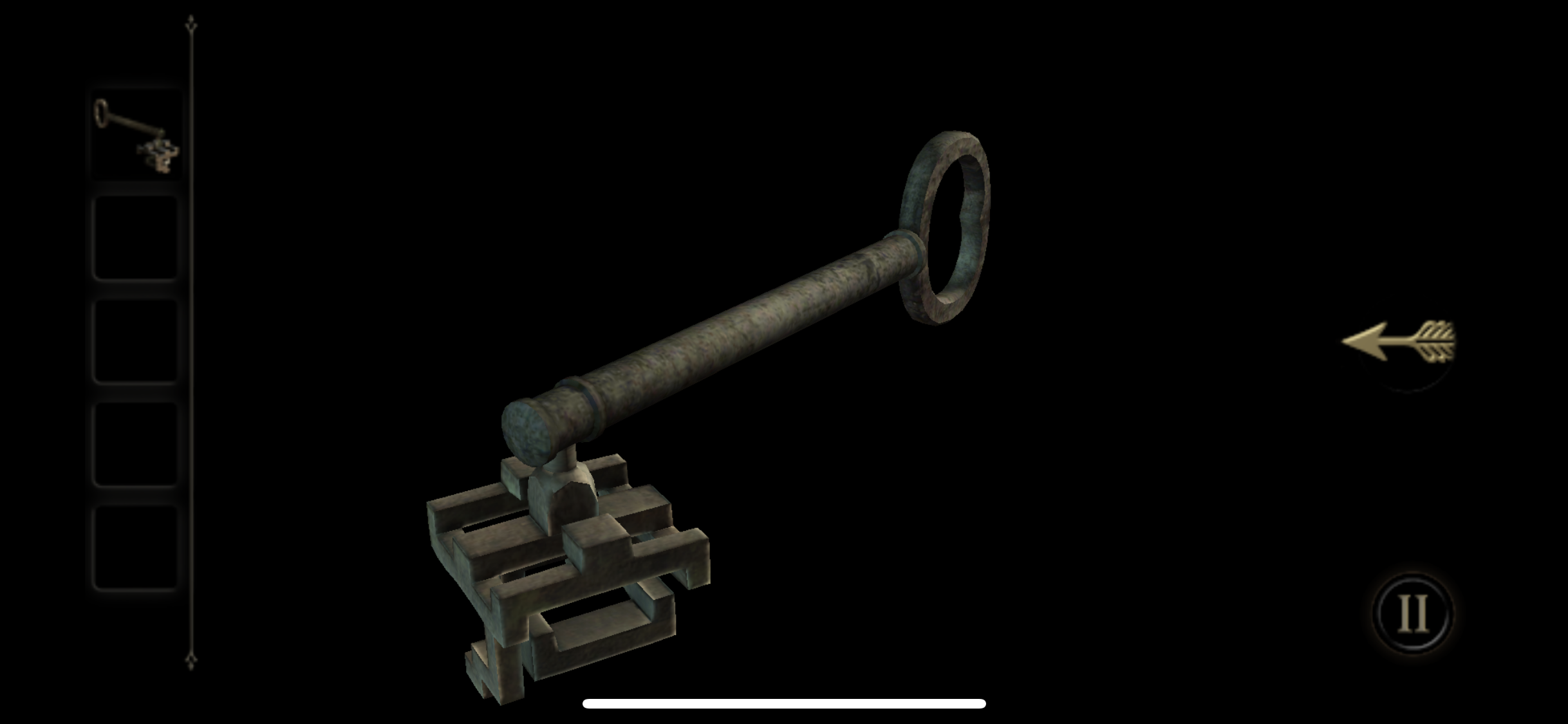
The Room does a brilliant job of providing resources to ensure that the game is constantly moving. If players get stuck, they can press the question mark at the top right in order to receive a hint. The number of hints is limited, though, forcing players to actively think about the clues they have been provided. The limitation of the clues also ensures that the answer isn’t given away for free. However, it does provide an extra opportunity for players to become “unstuck”.
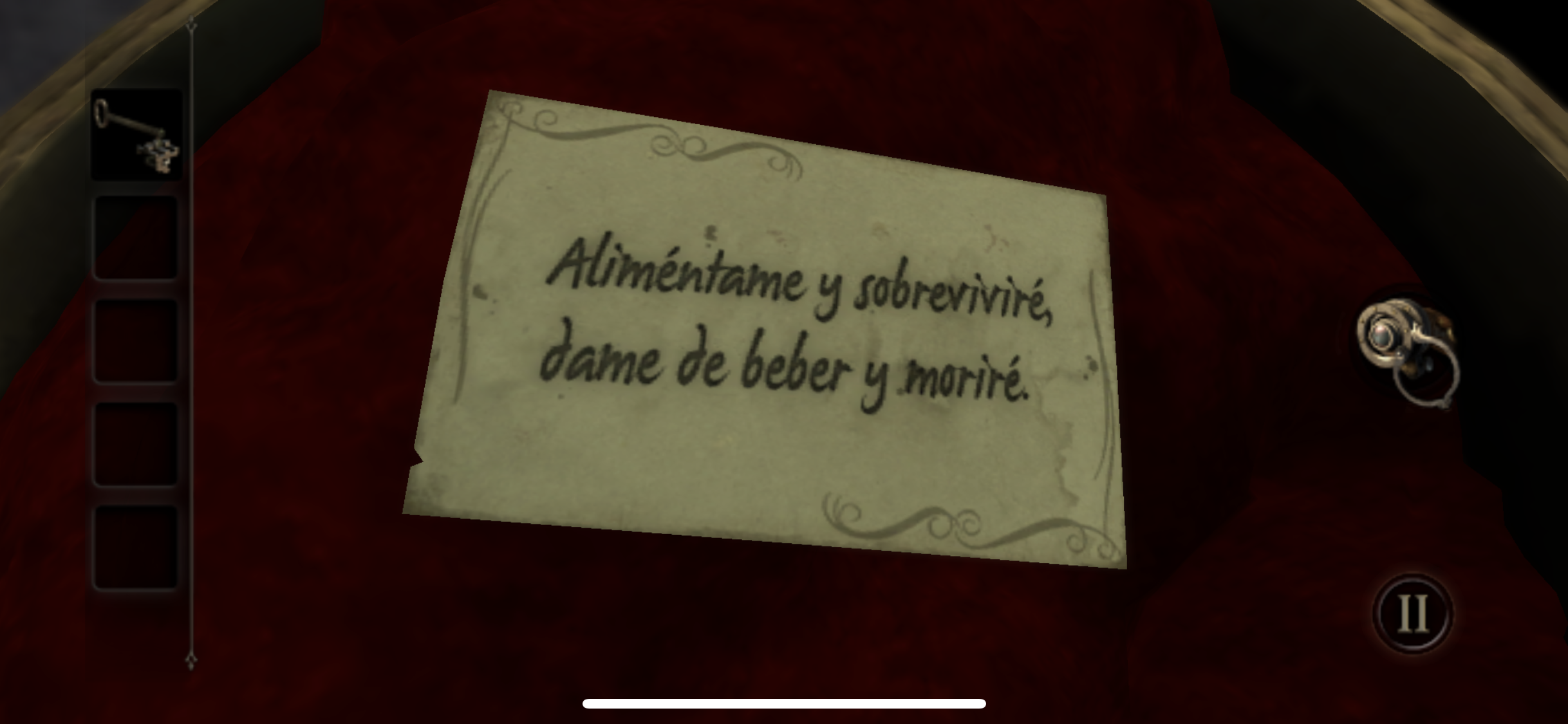
Another aspect that I love about this game is that it sets the boundaries relatively small. In this chapter, players are only allowed to interact with a single box. However, the game is intricately designed to have players interact with all aspects of a single object, from the legs to the name panel on the back. It makes a small setting feel large and encourages exploration in a place that typically wouldn’t warrant exploration in the real world.
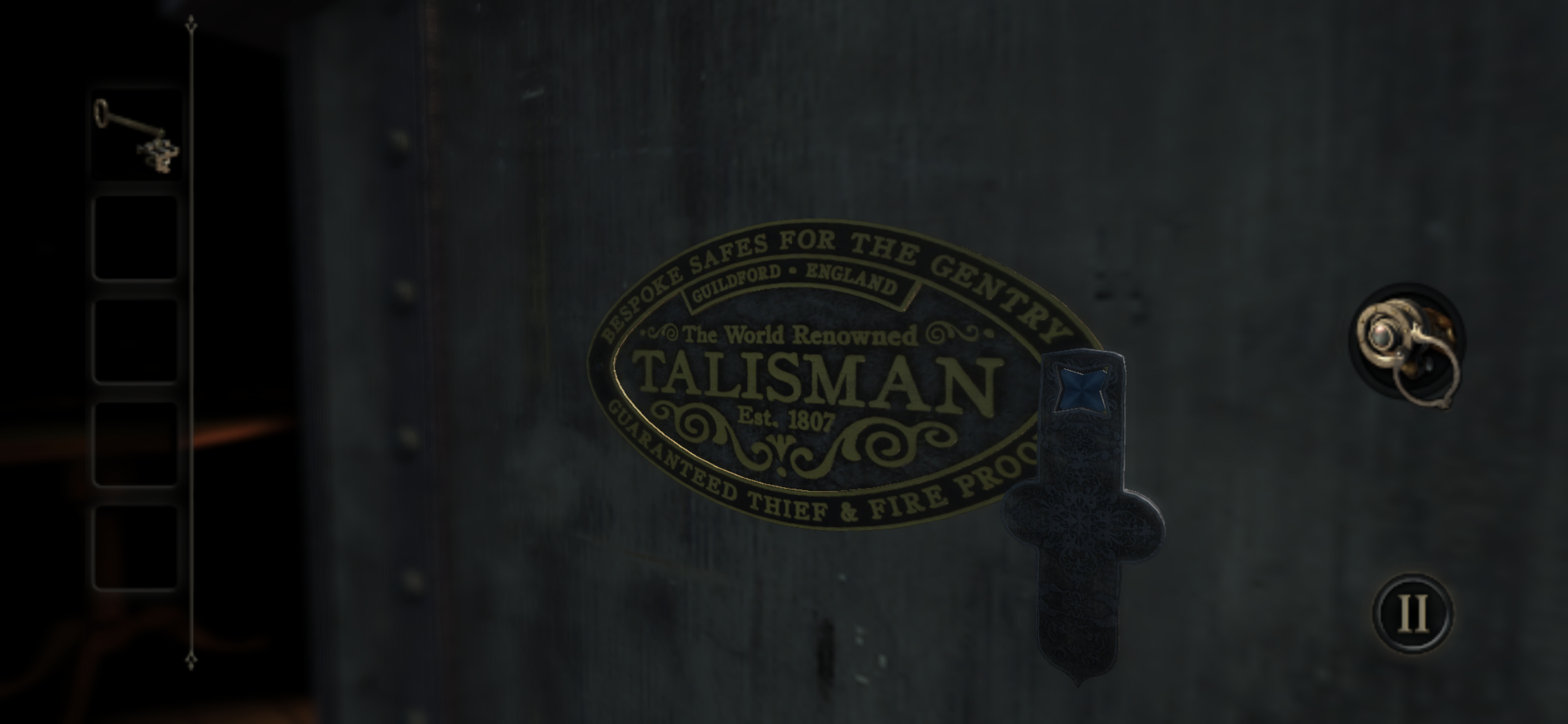 The types of fun that this game provides are primarily discovery and challenge. Players have the ability to not only discover secrets but discover new ways of interacting with objects that seem rather mundane or inconspicuous. By solving the puzzles, players are able to uncover the mysteries of the cryptic box, and figure out the reason they are solving the puzzle in the first place. Players are forced to question what secrets would need to be hidden away so cleverly. What is worth hiding? The challenge is derived from the puzzles themselves. Although many of the puzzles seem like mini puzzles (such as figuring out the dial on the front of the box), they are carefully intertwined such that each answer to a puzzle reveals a key or component to another. All aspects of this game are interrelated.
The types of fun that this game provides are primarily discovery and challenge. Players have the ability to not only discover secrets but discover new ways of interacting with objects that seem rather mundane or inconspicuous. By solving the puzzles, players are able to uncover the mysteries of the cryptic box, and figure out the reason they are solving the puzzle in the first place. Players are forced to question what secrets would need to be hidden away so cleverly. What is worth hiding? The challenge is derived from the puzzles themselves. Although many of the puzzles seem like mini puzzles (such as figuring out the dial on the front of the box), they are carefully intertwined such that each answer to a puzzle reveals a key or component to another. All aspects of this game are interrelated.
One thing that I felt was missing from the game was the sense of urgency. In other escape room/puzzle games that I have played, a time limit is used to pressure players into acting quickly and to think cleverly about how pieces can go together. This game didn’t have anything to produce tension for the players as they solved the puzzles. It could have been executed leisurely, failing to put me in the right headspace for an escape room game.


